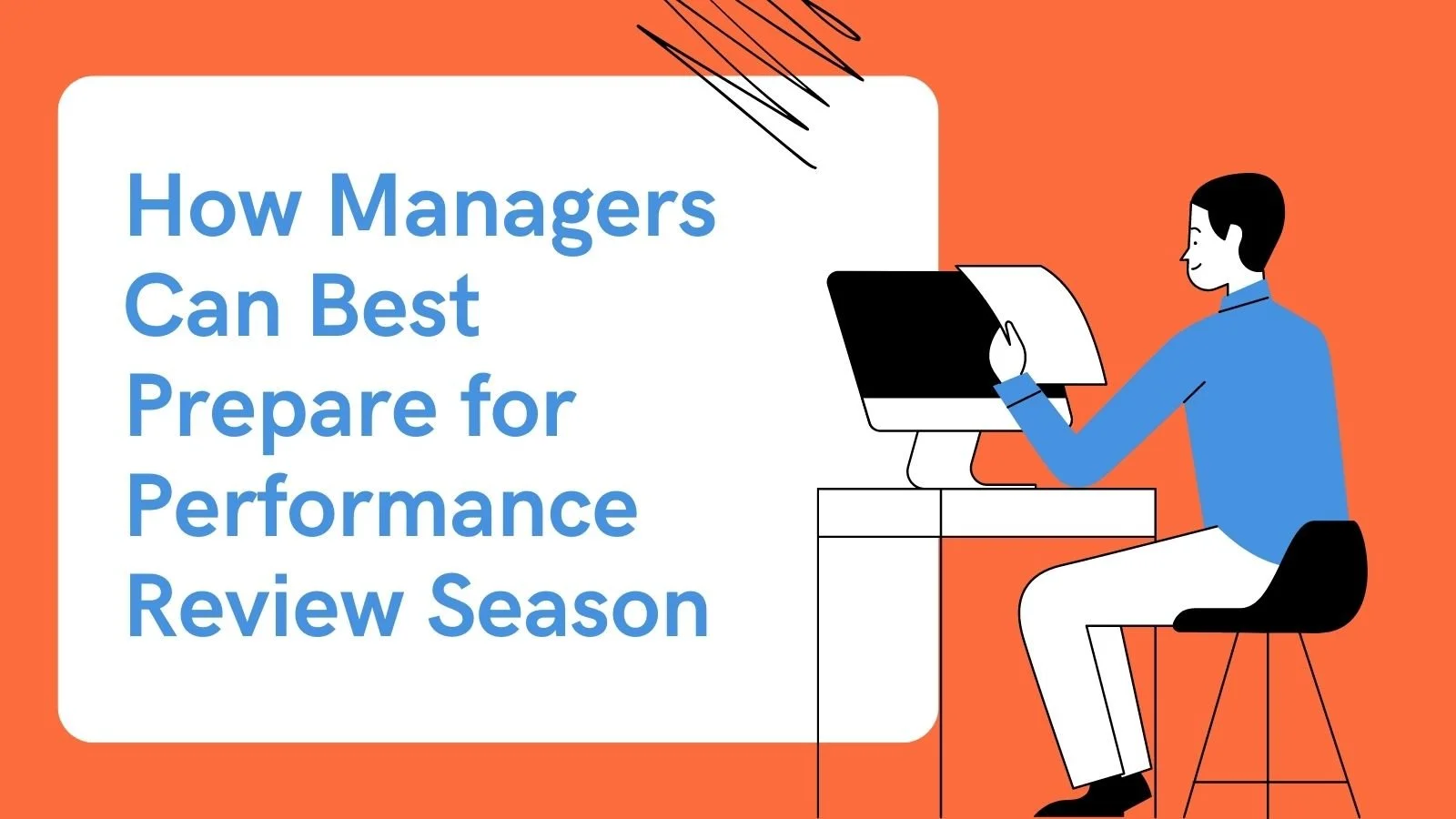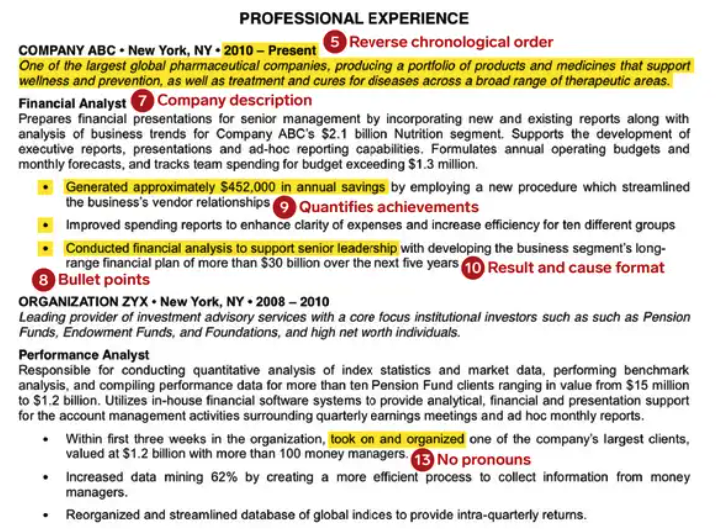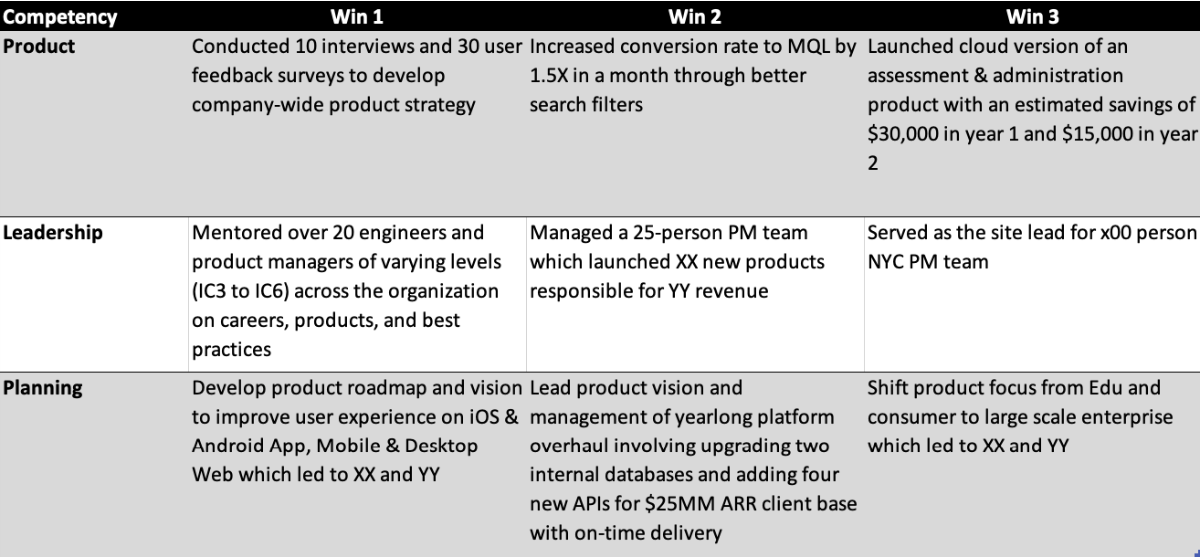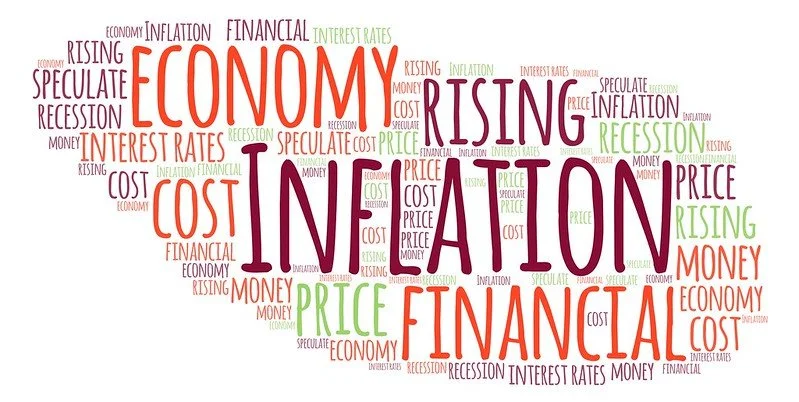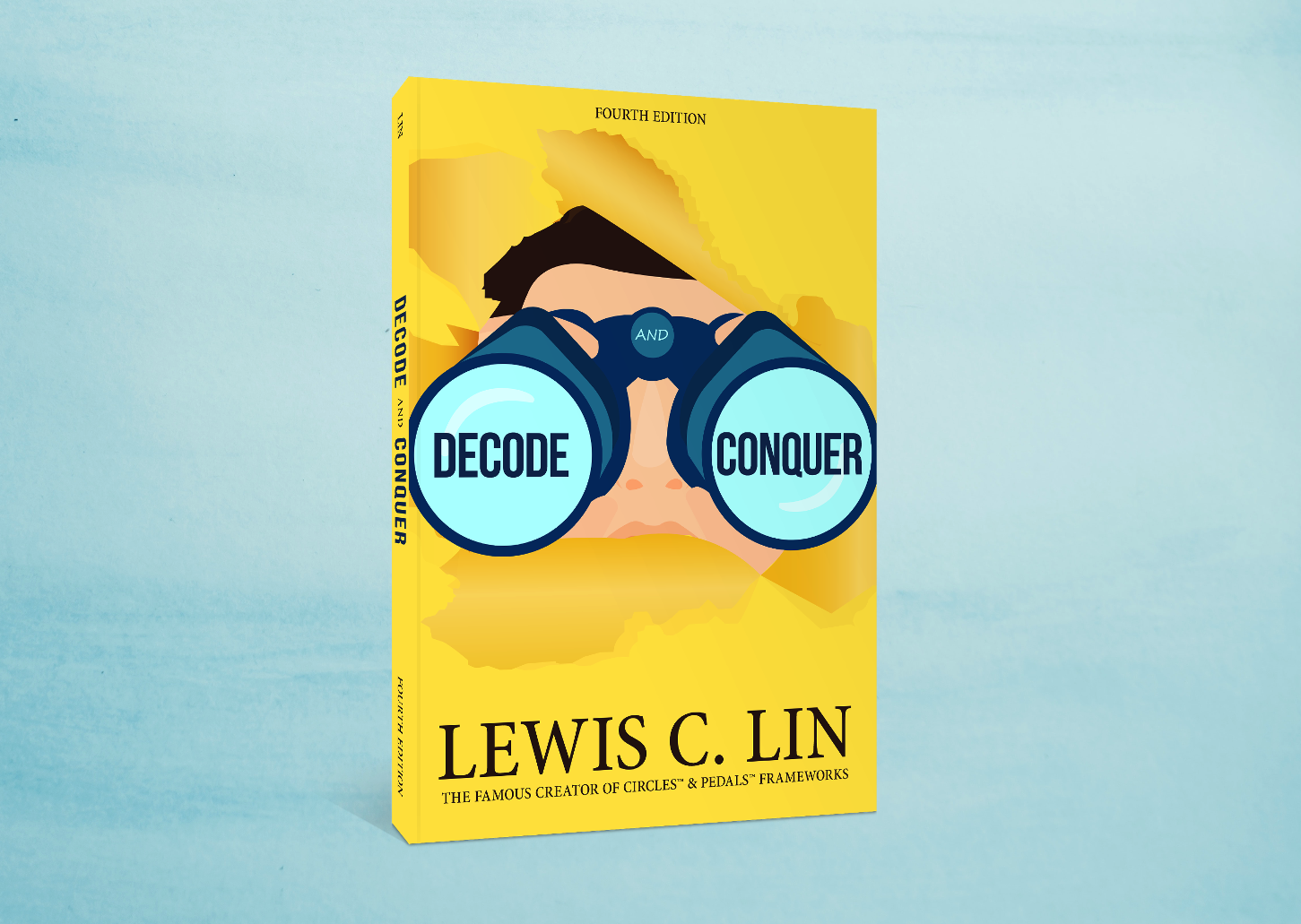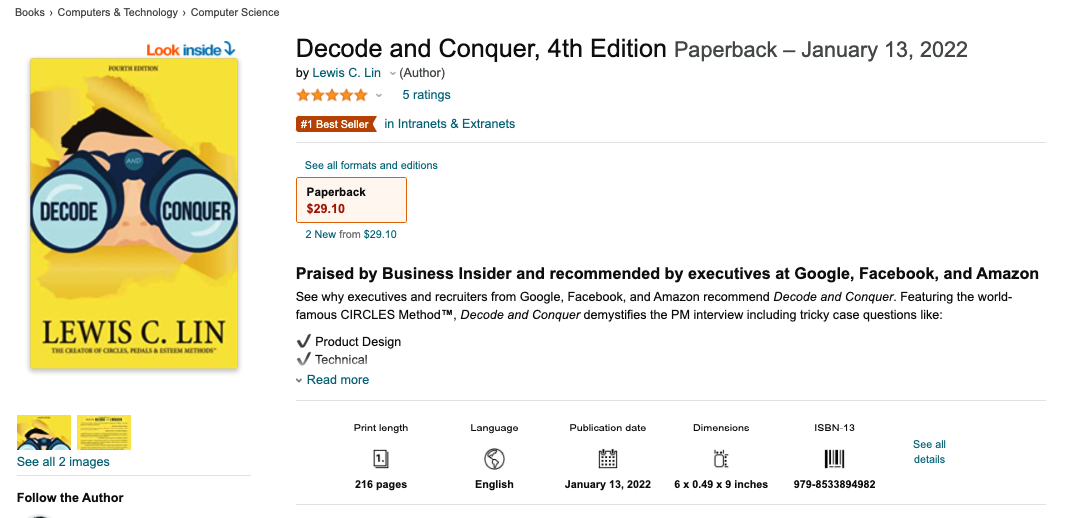The debut issue of “Dear Lewis” was a real hit. Readers loved the insightful content and the practical examples I shared.
So let’s jump right into round 2 of the “Dear Lewis” newsletter. I've got more goodness in store for you.
In this edition, I'll be tackling questions from a manager who's feeling a bit uncertain about the nature and frequency of manager-to-employee feedback. It's a common concern, and I'm here to offer some guidance.
Keep striving for greatness,
Lewis C. Lin
PS Do you need guidance with management or employee challenges? I'm here to lend a hand. Just respond to this email with your questions, and rest assured your identity will remain anonymous.
What’s the ideal frequency and nature of manager-to-employee feedback?
Dear Lewis,
I've been managing a team for a while now, and I struggle with providing feedback to my employees. I understand the importance of constructive feedback and coaching, but I’m unsure about frequency and nature of feedback.
Here are my burning questions:
How frequently should I offer feedback to my team members?
Does feedback need to focus solely on consistent behavior, or can I address one-time incidents as well?
Should I always make feedback specific, honing in on particular instances and actions?
Is it crucial for feedback to be actionable, providing clear steps or suggestions for improvement?
Warm regards,
Seeking Guidance
Feedback frequency
Kim Scott, the genius behind Radical Candor, suggests a simple yet powerful principle: deliver it promptly. The idea is to foster a culture of open communication and continuous improvement.
Furthermore, managers get busy. Executive meetings, sales calls, and other urgent matters can distract them. Even the most well-meaning managers who plan to give feedback during their next one-on-one session sometimes forget. It makes sense for managers to deliver feedback ASAP.
You can use a high-tech approach like Jeremy Schifeling, the Marketing Director at Khan Academy. He sends feedback via direct message on Slack. Check and done! Timely feedback that works great for his remote team.
One-time incidents or consistent behavior
Now, let's talk about those one-time incidents. Managers shouldn't hold back on giving feedback for those either. Waiting for multiple occurrences goes against open communication and timely feedback. Plus, it puts a cognitive burden on the manager and can lead to criticism for not addressing the issues sooner.
Keep track of one-time incidents. It helps you understand why an employee behaves a certain way. For example, if someone hesitates to comment on strategy documents repeatedly, break it down. Figure out the root cause. Maybe they lack confidence due to a knowledge gap. In that case, the solution isn't just telling them to speak up more—it's about equipping them with the knowledge they need to boost their confidence and contribute to those strategy documents.
Feedback specificity
Now, let's get specific. Most employees want specific feedback. It makes sense, right? Clear feedback helps them improve right away.
But managers sometimes struggle with being specific for three main reasons:
Fear of confrontation. Specific feedback can lead to uncomfortable conversations and defensive employees.
Too busy. Being specific takes time. Gathering evidence, reflecting on performance, and preparing well-articulated feedback—it's a lot. Managers may prioritize other urgent matters over spending time on detailed feedback.
Not knowing how to say it. Articulating feedback thoughtfully and in an empowering way isn't easy.
To address these three challenges, there are three things managers can do:
Try the Situation-Behavior-Impact (SBI) framework. It's simple, quick, and you don't need much training. This approach helps you deliver clear and professional feedback that shows employees how their behavior impacts others. Game changer!
Roleplay those tough conversations. Yeah, I know it can be uncomfortable, but trust me, it's worth it. Practice what you're going to say and how your employees might react. You owe it to them to share your feedback openly. They're not mind readers, after all. And here's the secret—whatever discomfort you feel in those conversations, it'll pass. Promise.
Share feedback immediately. The longer you hold onto feedback, the more you'll have to search through your mental attic for forgotten examples and try to revive buried context. Share that feedback pronto, and save yourself the trouble of digging through the cobwebs of your mind.
Develop an action plan
Oh, and here’s a biggie. Many employees don't know what to do with feedback. Some see it as just FYI, while others think it's an excuse to delay their promotion. So develop an action plan.
And don't just throw goals at them and expect them to figure it all out.
Break it down, be supportive. Specify tactics they can practice. For example, if they're getting feedback about:
Being unthoughtful. Ask them to use the Rule of Three or Situation Complication Resolution a certain number of times each week.
Not being thorough. Ask them to consider the 60% rule before deciding they’re done.
Problem-solving skills with room to grow. Introduce them to the IOPC™ method.
These are just some examples of how you can help your employees improve their skills and performance. Remember, feedback is not enough. You also need to provide them with clear and achievable steps to practice and apply what they learned. As the famous choreographer Twyla Tharp said, “Perfect practice makes perfect.”
Simple, right? Well, not always
I'm here to help. Email me if you have any management or employee challenges. I've got your back, and your identity will remain anonymous.
Share the love ❤️
I enjoy sharing leadership and career insights. If this newsletter can benefit someone, please pass it along.





